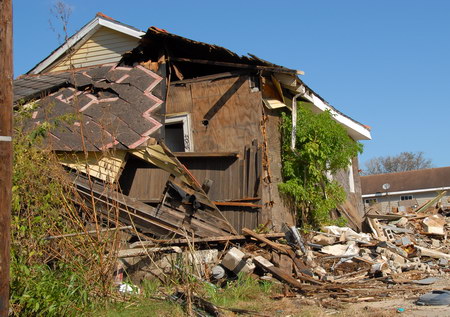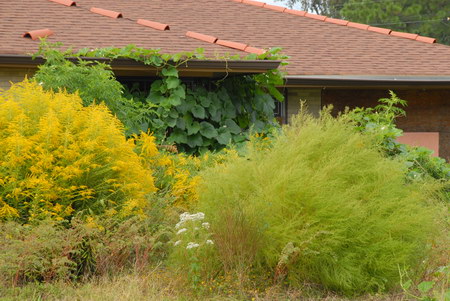
New Orleans Two-Years after Katrina
Looking at the pictures from the Katrina flooding of downtown New Orleans, compared to now (2-years later) the recovery is most impressive. In the central city there are no signs of flooding, but the crowds are a bit less dense and a few businesses remain closed. The best estimates are that at least 200, 000 people have not yet returned to the city as a whole. The tourists are coming back but still not at the pre-Katrina levels. The Riverwalk Shopping Mall does not stay open as late at night and the hotels are not as crowded.
But travel 2 to 3 miles northeast to the Gentilly and the 9 th Ward neighborhoods and it's totally different. The 9 th Ward is by far the worst. It is separated from the downtown by a large industrial channel, the broken walls of which flooded the community with eight or more feet of water. People never built expensive homes there. Now about a third of homes remain. The rest were demolished or bulldozed down. Of the third of the homes still standing, only a tiny fraction is occupied. If home owners can afford to start re-building, then they can qualify for a little FEMA trailer about 20 feet long. They park this on the land and live in it while they try to rebuild.
Here is a picture of a typical street in the 9th ward. The weeds are so tall that it is not easy to see the houses, if there are any. Driving around taking pictures of the houses made me depressed and I found myself looking for little wild flowers growing around what's left of the houses. I even found several white egrets flying around and feeding on the rapidly spreading plants.
Below is a symbol of the tragedy. The number in the downward-pointing quadrant of the X painted on the house indicates the number of dead found in the house. In this little house it was 2 dead.
The heavy plant growth is somewhat surprising because the city requires that property owners mow their grass. If they don't, the city does it for them and sends them the bill. If they don't pay the bill, the city puts a lien on the property. If they don't respond, the city takes the property. For those who don't plan to return, there is so little value remaining in the property that they may never claim it.
If home owners are trying to rebuild, they have another set of problems. A big one is that fraudulent contractors have descended on unsuspecting property owners. They demand payment and if they don't receive it, they put a lien on the property and thus extract a lot of money or take over the land. Common Ground Relief is one of private, community organizations set up to help home owners. The leader of this group in the photo is standing by his sign that plays on tourist guilt to get donations.
His sign has not been very successful because few tourists get to the 9th ward. The main bridge to that part of the city is under repair, so it takes anywhere from 1 to 3 hours of waiting in traffic to get there. This is just one more way in which the poor don't get priority.
A few of the houses under reconstruction are being built on stilts anywhere from 3 to 10 feet high. The logic is understandable: they can get hurricane insurance but not flood insurance, but it still seems like a rather unstable proposition to me. I wouldn't want to be in the house when it comes crashing to the ground. A good share of the Katrina damage to houses was from mold, so stilts might at least protect them from that.

The biggest problem perhaps is that the flood walls and levees are being fixed but not adequately. Again the Federal government curtailed spending and they are not being rebuilt to withstand another strong hurricane. The levees along the Mississippi are made of wide mounds of earth and rock, but the walls and levees that broke were along the inner channels, canals and bayous. These were made of thin walls of cement and they are rebuilt that way, so how can people feel safe in returning?
Some of the people we talked to said that everyone was passing the reconstruction buck: the feds blame the state and the state blames the city and the feds, and so on. The only thing for sure is that the poor people and home owners are not getting much at all from anyone. How many more Katrinas will it take?